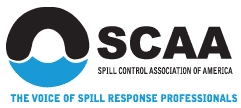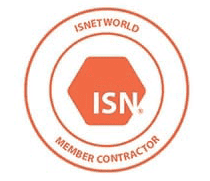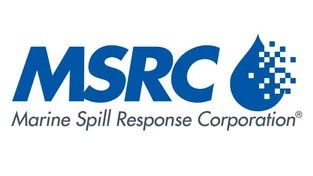Step aside climate change. In the environmental realm, there might not be any hotter topic right now than PFAS, the family of substances that were used in the production of fabric protection products, electronics, cleaners, waxes, household and commercial products, and fire-fighting aqueous film forming foam (AFFF).
So what’s the big deal? The big deal lies in three main characteristics of PFAS. The first problem with PFAS is their non-biodegradeable nature. Simply put, they just don’t break down in the environment through exposure to the natural elements like sunlight and weather. Their chemical stability also means that they don’t react with other chemicals to tear apart their bonds and break them down into other chemicals. And finally, they are bioaccumulative, with the propensity to build up to greater and greater levels in plants and animals, a nightmare for the food chain.
These substances are commonly found in soil, groundwater, and surficial bodies of water in areas where they were previously used for manufacturing, storing or disposal.
The real challenge with PFAS is how to remediate and dispose of them using conventional methodologies. The very chemical properties that make them ideal for use in fire fighting and as a water repellent, also make them challenging to capture and dispose of with common remediation techniques. The solutions have to be effective and economically sustainable.
Furthermore, there is growing concern about how to best dispose of these persistent chemicals. While incineration may be the thought of as the most effective disposal method, controversy does still exist about the temperature needed to destroy these chemicals and the facilities that can reliably do so. Alternatively, there are options to landfill the waste, however, with EPA’s Cradle-to-Grave Hazardous Waste Management Program in force since the mid 1970s, many private sector companies as well as the military, would prefer to mitigate their future risk and avoid putting these PFAS substances into a landfill.
Some in the engineering, consulting and environmental industries believe that PFAS is the next asbestos crisis and that there will be sweeping changes and cleanup projects in the years to come.
Whatever the case might be, Hull’s Environmental Services does work with a variety of professional geologists, hydrogeologists, engineers, environmental consultants and project managers that are managing projects involving PFAS. Our experience with managing a wide range of waste streams , our connections within the TSDF industry for waste disposal and our project history with contaminated site remediation means we can support your next project with PFAS.












